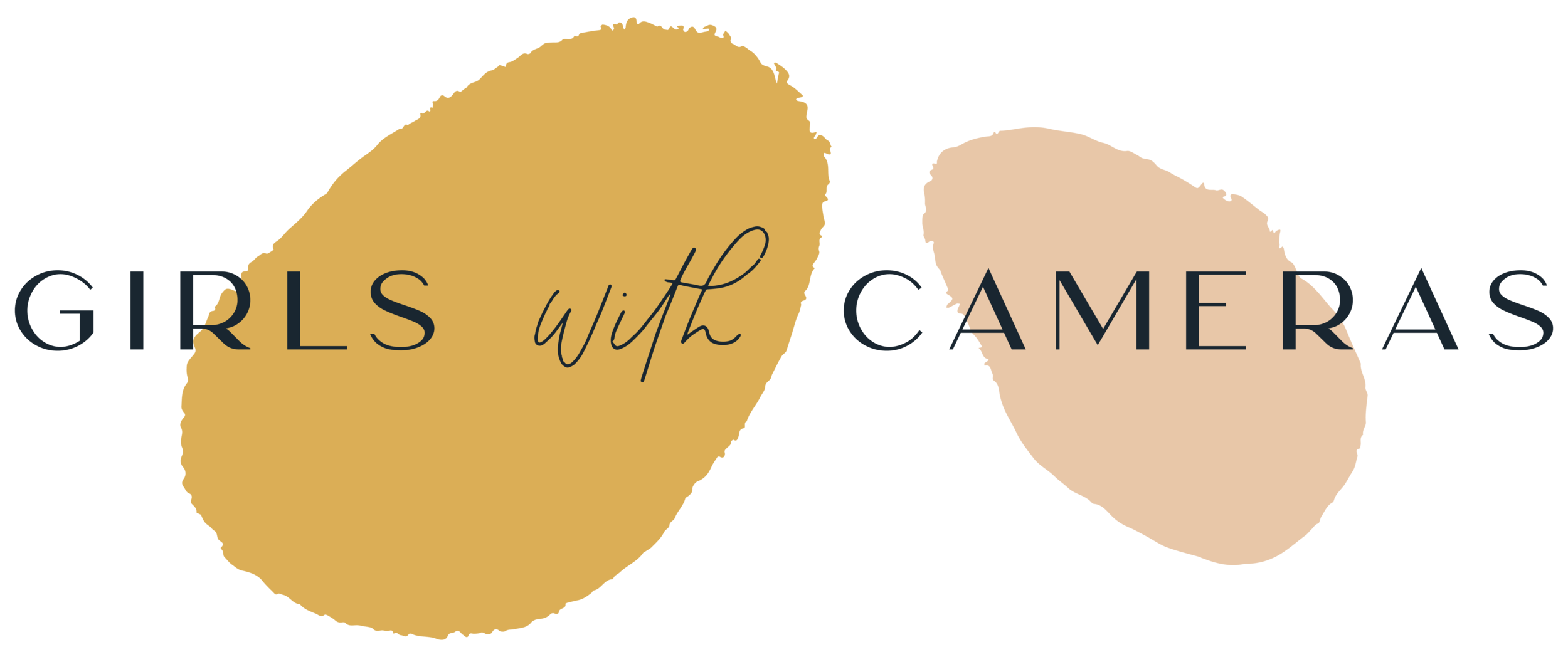Before the learning experience begins, we’ll delve into a couple of basics:
Day 0: Equipment:
I’ll introduce you to the few pieces of equipment that I use for all my photos. You’ll be surprised to see how little it is.
Day 0: Setting up your Camera:
When you look at your camera’s manual, you’ll be overwhelmed by the mass of features. I’ll introduce you to the settings you need (a lot less than you think) and help you set up your camera for success.
Day 1: Focusing:
The Aha-Moment: After completing this lesson you’ll know HOW to select the best subject in the scene to have in focus and HOW to get them tack-sharp.
Day 2: Blurry Backgrounds:
The game changer. You’ll learn HOW to set up your camera and capture beautiful blurry backgrounds or include out-of-focus elements in the foreground for a more interesting look.
Day 3: Understanding Subjects:
Clarity. After this lesson, you’ll know how to set the scene for your photos, why some settings will never work and how to ensure the main motif is the focus of every viewer’s attention.
Day 4: Scenes:
The Sky’s the Limit. The world is full of beauty. BUT also full of boring scenes. In this lesson you’ll learn how to turn boring scenes into works of art.
Day 5: When to Walk Away:
Confidence. In the previous lessons you learned how to set the scene for your photos. In this lesson you’ll learn which subjects are best left to enjoy with the naked eye and not necessarily in photos.
Day 6: position:
From Amateur to Professional. With the guides in this lesson, you’ll transform your photos from boring- to professional by knowing how to position yourself and hold the camera to capture your scenes and subjects. Covering: Everyday scenes inside and outside the home, people in portraits and groups, animals, flowers and buildings.
Day 7: The professional look:
Combine what you’ve learned in week one to create photos that make people’s jaws drop.
Day 8: Introducing Light:
The Artist’s Brush for Photographers. In this lesson you’ll learn how to recognise good photography light and distinguish between good and bad lighting situations.
Day 9: Enhancing the main Subject with Light:
You’ll learn the first simple methods to use light to enhance your main subject and also how to use light in interesting ways.
Day 10: Manipulating Light:
From now on “Manual Mode” yay!: Now is the time to get creative with light. Even the worst lighting situations can be used to create interesting photos. Once you learn how to read light and set your camera up to create amazing images with it you’ll be well on your way to becoming the photographer you’ve always dreamed of becoming.





